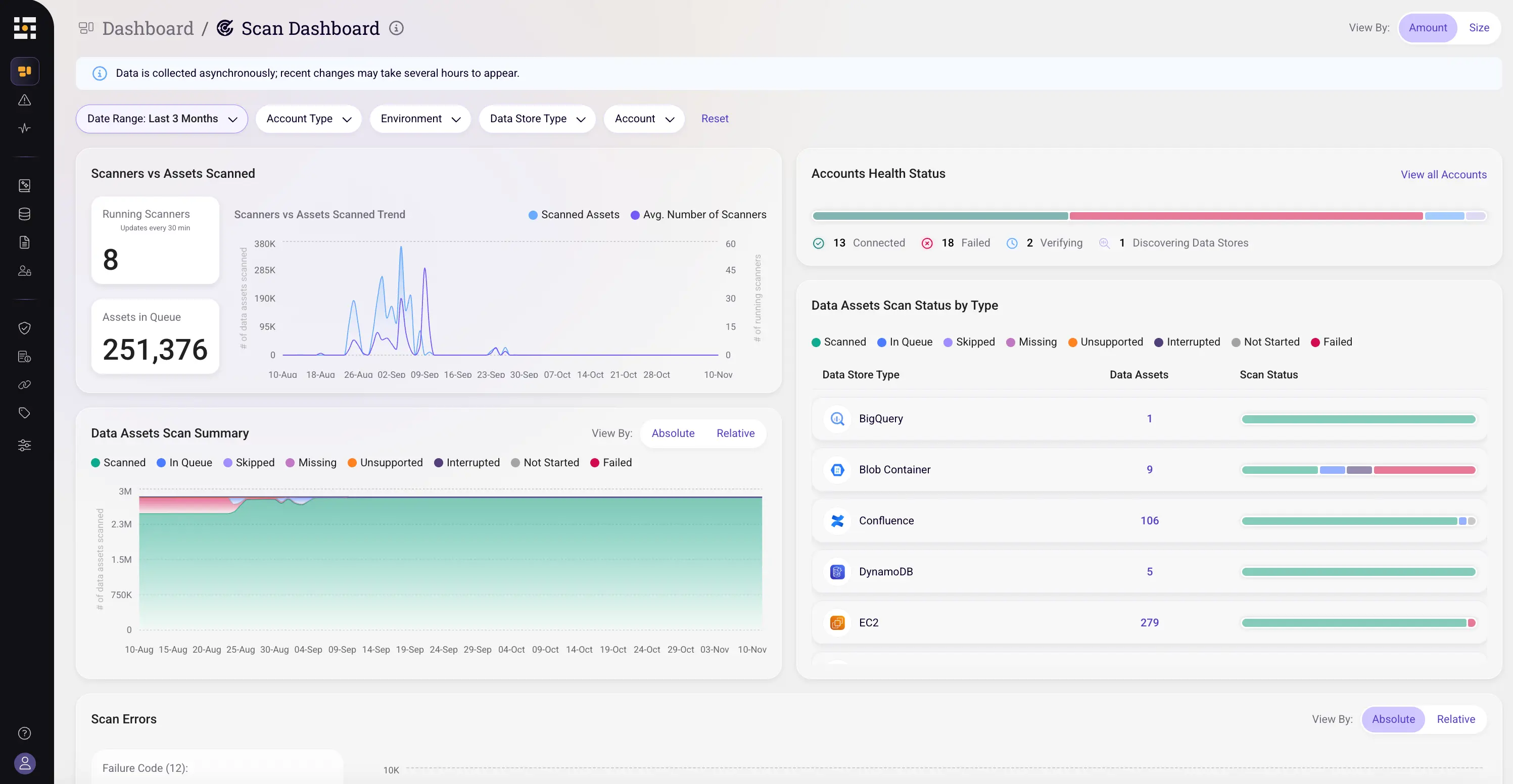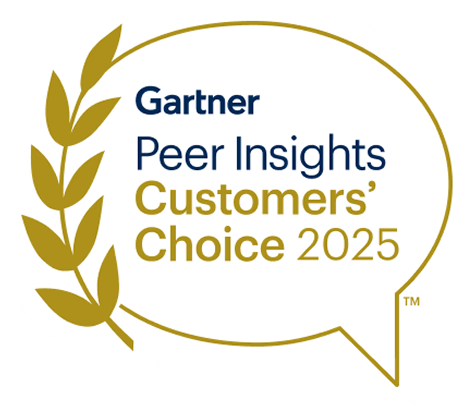Top 5 GCP Security Tools for Cloud Security Teams
Like its primary competitors Amazon Web Services (AWS) and Microsoft Azure, Google Cloud Platform (GCP) is one of the largest public cloud vendors in the world – counting companies like Nintendo, eBay, UPS, The Home Depot, Etsy, PayPal, 20th Century Fox, and Twitter among its enterprise customers.
In addition to its core cloud infrastructure – which spans some 24 data center locations worldwide - GCP offers a suite of cloud computing services covering everything from data management to cost management, from video over the web to AI and machine learning tools. And, of course, GCP offers a full complement of security tools – since, like other cloud vendors, the company operates under a shared security responsibility model, wherein GCP secures the infrastructure, while users need to secure their own cloud resources, workloads and data.
To assist customers in doing so, GCP offers numerous security tools that natively integrate with GCP services. If you are a GCP customer, these are a great starting point for your cloud security journey.
In this post, we’ll explore five important GCP security tools security teams should be familiar with.
Security Command Center
GCP’s Security Command Center is a fully-featured risk and security management platform – offering GCP customers centralized visibility and control, along with the ability to detect threats targeting GCP assets, maintain compliance, and discover misconfigurations or vulnerabilities. It delivers a single pane view of the overall security status of workloads hosted in GCP and offers auto discovery to enable easy onboarding of cloud resources - keeping operational overhead to a minimum. To ensure cyber hygiene, Security Command Center also identifies common attacks like cross-site scripting, vulnerabilities like legacy attack-prone binaries, and more.
Chronicle Detect
GCP Chronicle Detect is a threat detection solution that helps enterprises identify threats at scale. Chronicle Detect’s next generation rules engine operates ‘at the speed of search’ using the YARA detection language, which was specially designed to describe threat behaviors. Chronicle Detect can identify threat patterns - injecting logs from multiple GCP resources, then applying a common data model to a petabyte-scale set of unified data drawn from users, machines and other sources. The utility also uses threat intelligence from VirusTotal to automate risk investigation. The end result is a complete platform to help GCP users better identify risk, prioritize threats faster, and fill in the gaps in their cloud security.
Event Threat Detection
GCP Event Threat Detection is a premium service that monitors organizational cloud-based assets continuously, identifying threats in near-real time. Event Threat Detection works by monitoring the cloud logging stream - API call logs and actions like creating, updating, reading cloud assets, updating metadata, and more. Drawing log data from a wide array of sources that include syslog, SSH logs, cloud administrative activity, VPC flow, data access, firewall rules, cloud NAT, and cloud DNS – the Event Threat Detection utility protects cloud assets from data exfiltration, malware, cryptomining, brute-force SSH, outgoing DDoS and other existing and emerging threats.
Cloud Armor
The Cloud Armor utility protects GCP-hosted websites and apps against denial of service and other cloud-based attacks at Layers 3, 4, and 7. This means it guards cloud assets against the type of organized volumetric DDoS attacks that can bring down workloads. Cloud Armor also offers a web application firewall (WAF) to protect applications deployed behind cloud load balancers – and protects these against pervasive attacks like SQL injection, remote code execution, remote file inclusion, and others. Cloud Armor is an adaptive solution, using machine learning to detect and block Layer 7 DDoS attacks, and allows extension of Layer 7 protection to include hybrid and multi-cloud architectures.
Web Security Scanner
GCP’s Web Security Scanner was designed to identify vulnerabilities in App Engines, Google Kubernetes Engines (GKEs), and Compute Engine web applications. It does this by crawling applications at their public URLs and IPs that aren't behind a firewall, following all links and exercising as many event handlers and user inputs as it can. Web Security Scanner protects against known vulnerabilities like plain-text password transmission, Flash injection, mixed content, and also identifies weak links in the management of the application lifecycle like exposed Git/SVN repositories. To monitor web applications for compliance control violations, Web Security Scanner also identifies a subset of the critical web application vulnerabilities listed in the OWASP Top Ten Project.
Securing the cloud ecosystem is an ongoing challenge, partly because traditional security solutions are ineffective in the cloud – if they can even be deployed at all. That’s why the built-in security controls in GCP and other cloud platforms are so important.
The solutions above, and many others baked-in to GCP, help GCP customers properly configure and secure their cloud environments - addressing the ever-expanding cloud threat landscape.
<blogcta-big>













.webp)
.webp)

